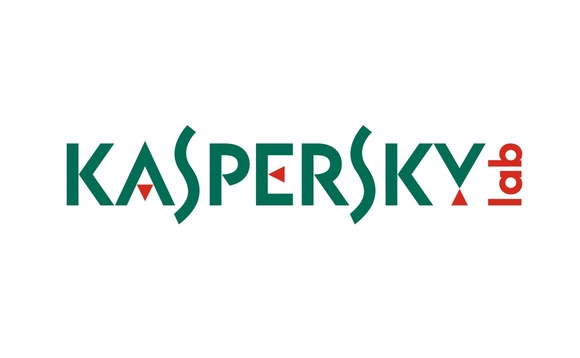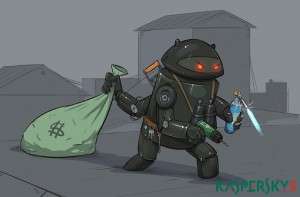The Kaspersky Lab study ‘Children Online’ reveals that in 2014 more than two-thirds (68%) of users of Parental Control technologies from Kaspersky Lab encountered inappropriate or dangerous content online. Adult content, gambling and sites carrying information about weapons were among the most prevalent threats detected by Kaspersky Lab’s protection technologies.
The main findings of the report are: more than half (59.5%) of users encountered pornography; over a quarter (26.6%) landed on websites dedicated to gambling; one in five users stumbled across sites featuring weapons; and almost the same number were confronted by strong language;
Websites carrying this kind of inappropriate content (pornography, gambling, weapons, strong language), along with others featuring drugs, tobacco and alcohol, were the ones blocked most often by Kaspersky Lab protection solutions.
China, the USA, Germany, the UK and Russia were the countries with the greatest frequency of detections registered by the Parental Control module of Kaspersky Lab’s protection solutions;
And children today often go online as much as if not more so than their parents. Kaspersky Lab investigated potential online threats to children, by analyzing data from users of Kaspersky Lab products equipped with a Parental Control module.
The results show that more than half (59.5%) of users encountered pornography; over a quarter (26.6%) landed on websites dedicated to gambling; every fifth user stumbled across sites featuring weapons; and almost the same number were confronted by strong language. Websites carrying these kinds of inappropriate content (adult, chat, gambling and weapons), along with others featuring drugs, tobacco and alcohol, were the ones blocked most often by Kaspersky Lab protection solutions. The frequency of detections demonstrates just how easy it is for users to encounter such content online.
The countries with the most frequent Parental Control detections were China, the USA, Germany, the UK and Russia. France, Vietnam, Brazil and Algeria also ranked in the top ten in terms of inappropriate content detection, but showed a lower frequency of detection.
Each of the top ten most affected countries has its own distinct characteristics when it comes to the prevailing online threats for children. For instance, adult content was the biggest threat to users in Germany (with 172 detections per user), China (144.18 detections per user), and the US (126.16 detections). Content about alcohol, tobacco and drugs was a major threat to users from Russia, Germany, the USA and France. The frequency of detection was especially high in these countries. This kind of content also proved popular in Brazil and the UK.
“To protect young people, we recommend that adults choose protection solutions with Parental Control technologies and make full use of safe “children” modes in search engines and applications that allow access to multimedia content and are used by children. However, although Parental Control technologies can block access to websites with content that is potentially dangerous or distressing for children, parents should still take an active part in monitoring their children’s real and digital lives. Only then can parents be sure that they won’t miss the moment when their child might need their support,” said Konstantin Ignatev, Web Content Analysts Group manager at Kaspersky Lab.










